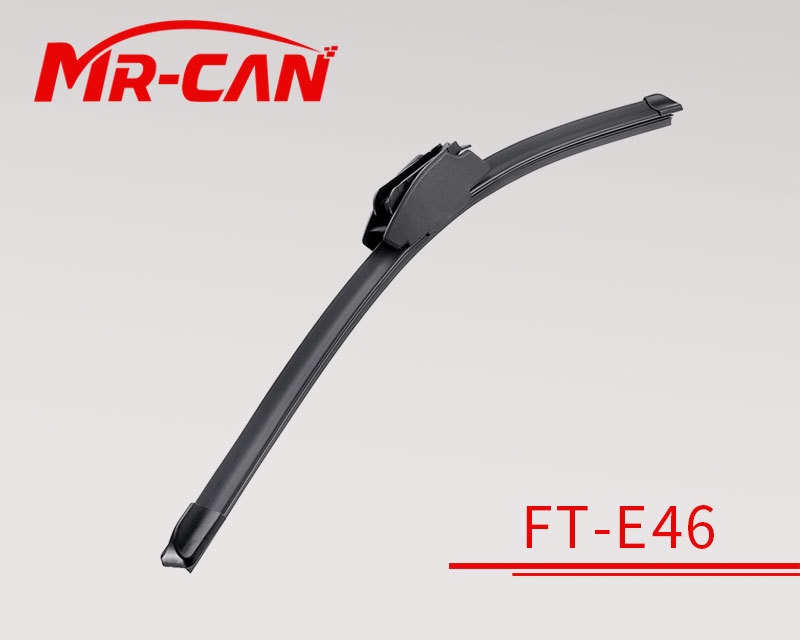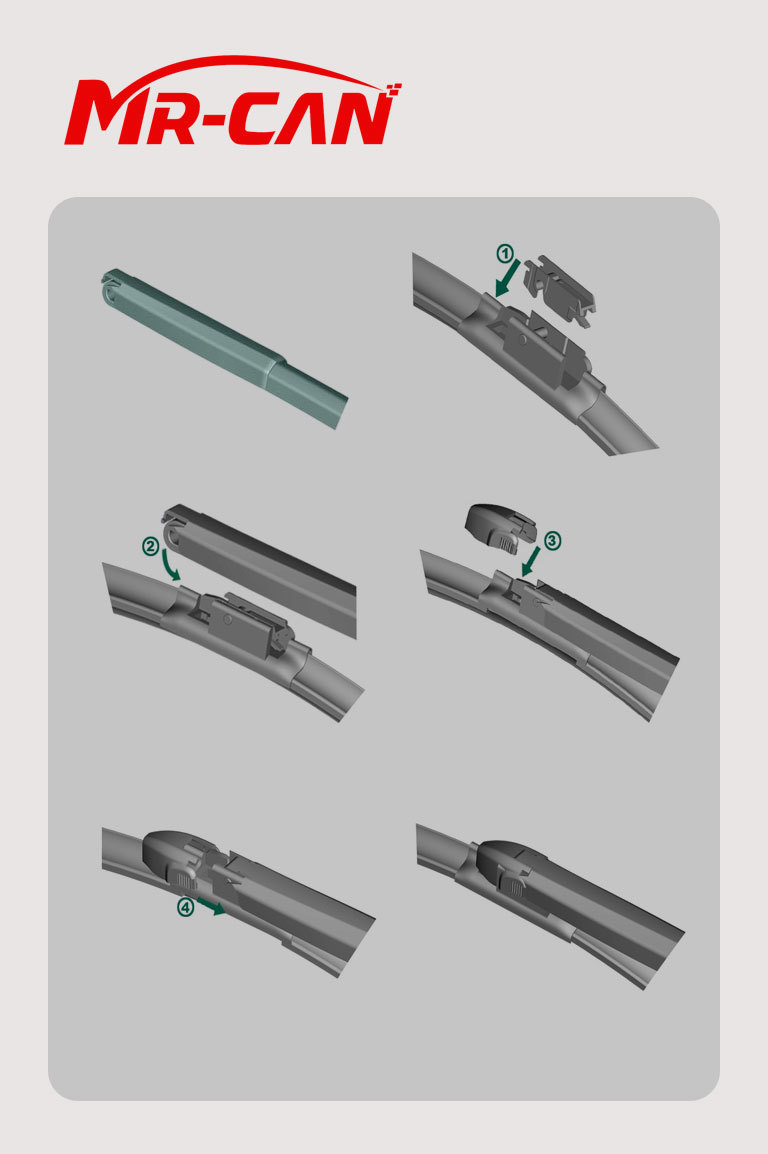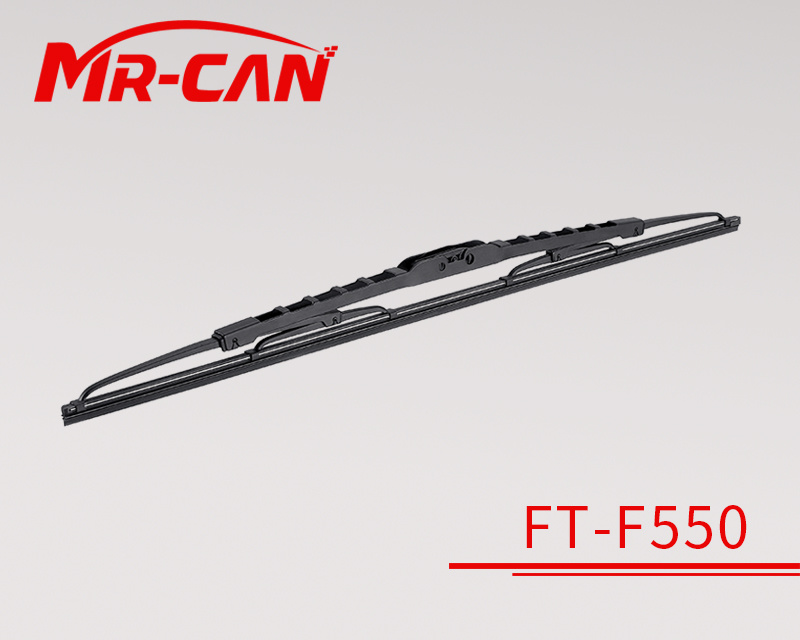Step Up Your Bus Wiper Blade Game: Innovative Solutions for Clearer Vision
Release Time:
Jul 17,2025
Step Up Your Bus Wiper Blade Game: Innovative Solutions for Clearer Vision Table of Contents 1. Introduction to Wiper Blades for Buses 2. The Importance of Quality Wiper Blades 3. Types of Wiper Blades for Buses 4. Innovative Technologies in Wiper Blade Design 5. Wiper Blade Maintenance Tips 6. How to Install Wiper Blades on Buses 7. Troubleshooting Common Wiper Blade Issues 8. Fr

Step Up Your Bus Wiper Blade Game: Innovative Solutions for Clearer Vision
Table of Contents
- 1. Introduction to Wiper Blades for Buses
- 2. The Importance of Quality Wiper Blades
- 3. Types of Wiper Blades for Buses
- 4. Innovative Technologies in Wiper Blade Design
- 5. Wiper Blade Maintenance Tips
- 6. How to Install Wiper Blades on Buses
- 7. Troubleshooting Common Wiper Blade Issues
- 8. Frequently Asked Questions
- 9. Conclusion
1. Introduction to Wiper Blades for Buses
In the transportation industry, ensuring safety and visibility is paramount, particularly when operating buses. Wiper blades play a critical role in maintaining visibility during adverse weather conditions. With the unique challenges faced by buses, such as the larger windshield surface area and the need for durability, choosing the right wiper blades is essential. This article explores innovative solutions for bus wiper blades, guiding you toward clearer vision and enhanced safety.
2. The Importance of Quality Wiper Blades
Quality wiper blades are not just a convenience; they are a necessity. Poor visibility can lead to accidents, jeopardizing the safety of passengers and drivers alike. Investing in high-quality wiper blades ensures:
- **Optimal visibility** during rain, snow, and sleet
- **Increased safety** for passengers and drivers
- **Extended lifespan** of the wiper blade components
- **Cost-effectiveness** through reduced replacements and repairs
With these advantages, it becomes clear why selecting the right wiper blades is crucial for any bus fleet.
3. Types of Wiper Blades for Buses
When it comes to wiper blades, there are several types to consider, each with its unique advantages. Understanding these options enables bus operators to make informed decisions tailored to their needs.
3.1 Conventional Wiper Blades
Conventional wiper blades consist of a rubber blade attached to a metal frame. These are often the most affordable option but may not provide the best performance, especially in extreme weather conditions.
3.2 Beam Wiper Blades
Beam wiper blades feature a sleek, aerodynamic design that distributes pressure evenly across the blade. This design enhances performance, especially in heavy rain, by reducing lift and preventing streaks.
3.3 Hybrid Wiper Blades
Combining the benefits of conventional and beam designs, hybrid wiper blades offer flexibility and durability. They are an excellent choice for buses operating in various weather conditions.
3.4 Winter Wiper Blades
Designed specifically for harsh winter conditions, winter wiper blades come equipped with features that prevent ice and snow buildup. They ensure consistent performance when it’s most needed.
4. Innovative Technologies in Wiper Blade Design
Innovation in wiper blade technology has led to significant improvements in performance and durability. Here are some of the most noteworthy advancements:
4.1 Advanced Rubber Formulations
Modern wiper blades utilize advanced rubber compositions that enhance flexibility and resilience. These formulations resist wear and tear, providing longer-lasting performance.
4.2 Hydrophobic Coatings
Some wiper blades now come with hydrophobic coatings that repel water, allowing for enhanced visibility. These coatings create a beading effect, causing water to roll off the windshield more quickly.
4.3 Smart Wiper Technology
Emerging smart wiper technologies utilize sensors to detect rainfall intensity, automatically adjusting the wiper speed for optimal performance. This feature enhances driver convenience and safety.
4.4 Eco-Friendly Materials
As sustainability becomes increasingly important, many manufacturers are now producing wiper blades from eco-friendly materials. This innovation helps reduce the environmental impact while maintaining performance standards.
5. Wiper Blade Maintenance Tips
To maximize the lifespan and effectiveness of bus wiper blades, proper maintenance is essential. Here are some tips to consider:
5.1 Regular Inspections
Conduct regular inspections of wiper blades for signs of wear and damage, such as cracking, fraying, or splitting. Early detection can prevent further issues.
5.2 Cleaning the Blades
Cleaning wiper blades with mild soap and water can help remove dirt and debris that may hinder performance. Ensure they are dry before use.
5.3 Checking the Wiper Arm
Ensure that the wiper arm is securely attached and functioning correctly. Any loose components could affect the blade's ability to make proper contact with the windshield.
6. How to Install Wiper Blades on Buses
Proper installation of wiper blades is crucial for their efficiency. Here’s a step-by-step guide to installing wiper blades on buses:
6.1 Gather Your Tools
Before starting the installation, gather the necessary tools, including a flat-head screwdriver and the new wiper blades.
6.2 Remove the Old Wiper Blades
Lift the wiper arm away from the windshield. Depending on your wiper blade design, either unhook the blade from the arm or press the release tab to remove it.
6.3 Attach the New Wiper Blades
Align the new wiper blade with the wiper arm and secure it in place. Ensure it is firmly attached by giving it a gentle tug.
6.4 Test the Wipers
Once installed, lower the wiper arm back onto the windshield and test the wipers to ensure they operate smoothly without any obstructions.
7. Troubleshooting Common Wiper Blade Issues
Despite regular maintenance, you may encounter issues with your wiper blades. Here are common problems and their solutions:
7.1 Streaking on the Windshield
If your wipers leave streaks, check for dirt or debris on the blades and windshield. Clean both surfaces thoroughly. If streaking persists, it may be time for a replacement.
7.2 Squeaking Noises
Squeaking noises usually indicate that the wiper blades are not making proper contact with the windshield. Inspect the blade for damage or misalignment and adjust or replace as needed.
7.3 Wiper Blades Not Moving
If the wiper blades do not move, check the wiper fuse and motor functionality. Issues here may require professional assistance.
8. Frequently Asked Questions
8.1 How often should I replace my bus wiper blades?
It is advisable to replace wiper blades every six months to a year, depending on usage and environmental conditions.
8.2 Can I use car wiper blades on a bus?
While car wiper blades may fit, they are not designed for the demands of larger bus windshields and may not provide optimal performance.
8.3 What is the best type of wiper blade for rainy weather?
Beam wiper blades are generally recommended for rainy weather due to their superior design that allows for better contact with the windshield.
8.4 Are there eco-friendly wiper blade options available?
Yes, many manufacturers now offer eco-friendly wiper blades made from sustainable materials without compromising performance.
8.5 How can I ensure my wiper blades last longer?
Regular maintenance, such as cleaning the blades and checking for damage, can significantly extend their lifespan.
9. Conclusion
Upgrading your bus wiper blades is a crucial step toward ensuring clearer vision and enhanced safety for both drivers and passengers. By understanding the types of wiper blades available, maintaining them properly, and embracing innovative technologies, you can significantly improve your bus's visibility in adverse weather conditions. Remember, investing in quality wiper blades is not just a choice; it's a commitment to safety on the road. Implement these insights, and step up your bus wiper blade game today!
Keywords:
More information




